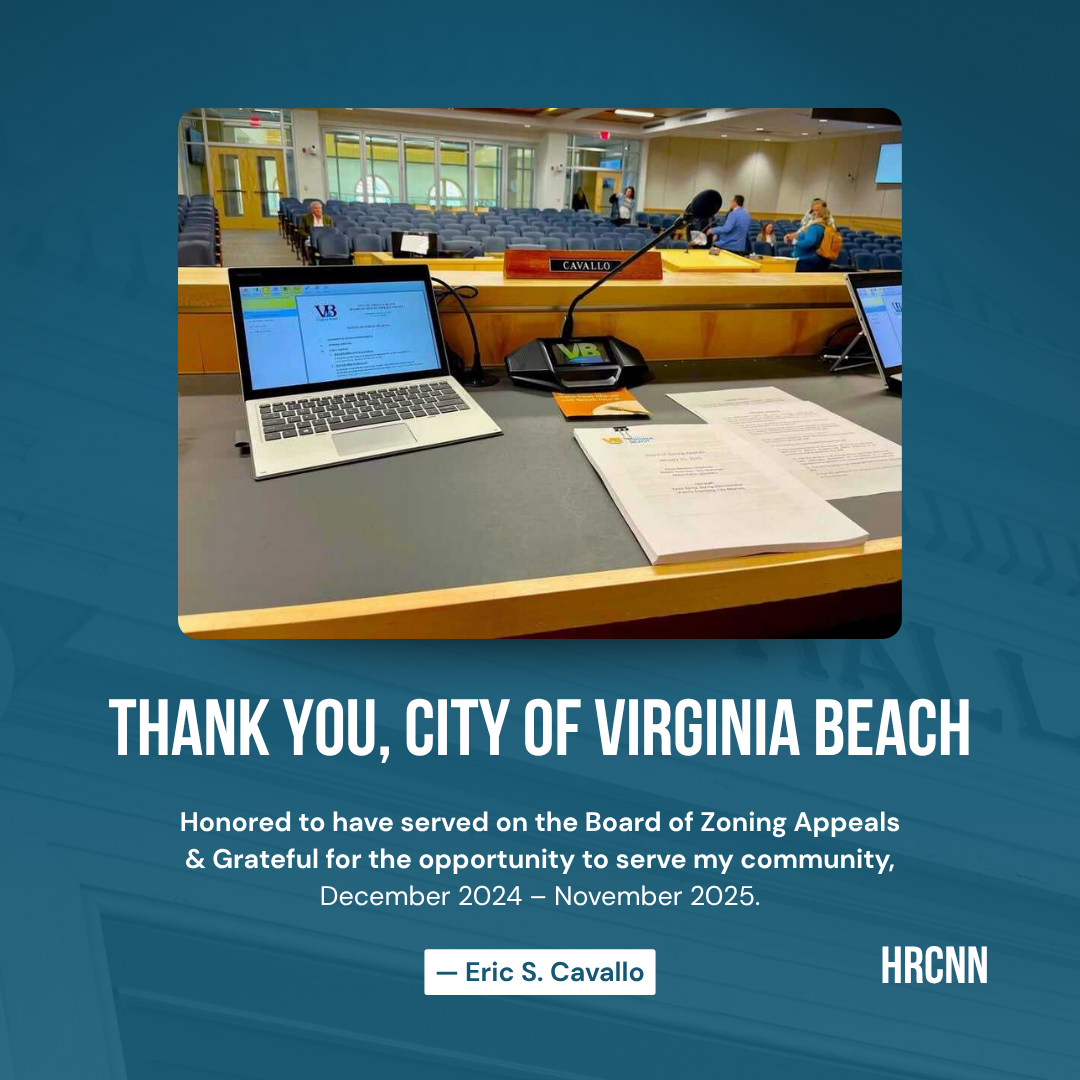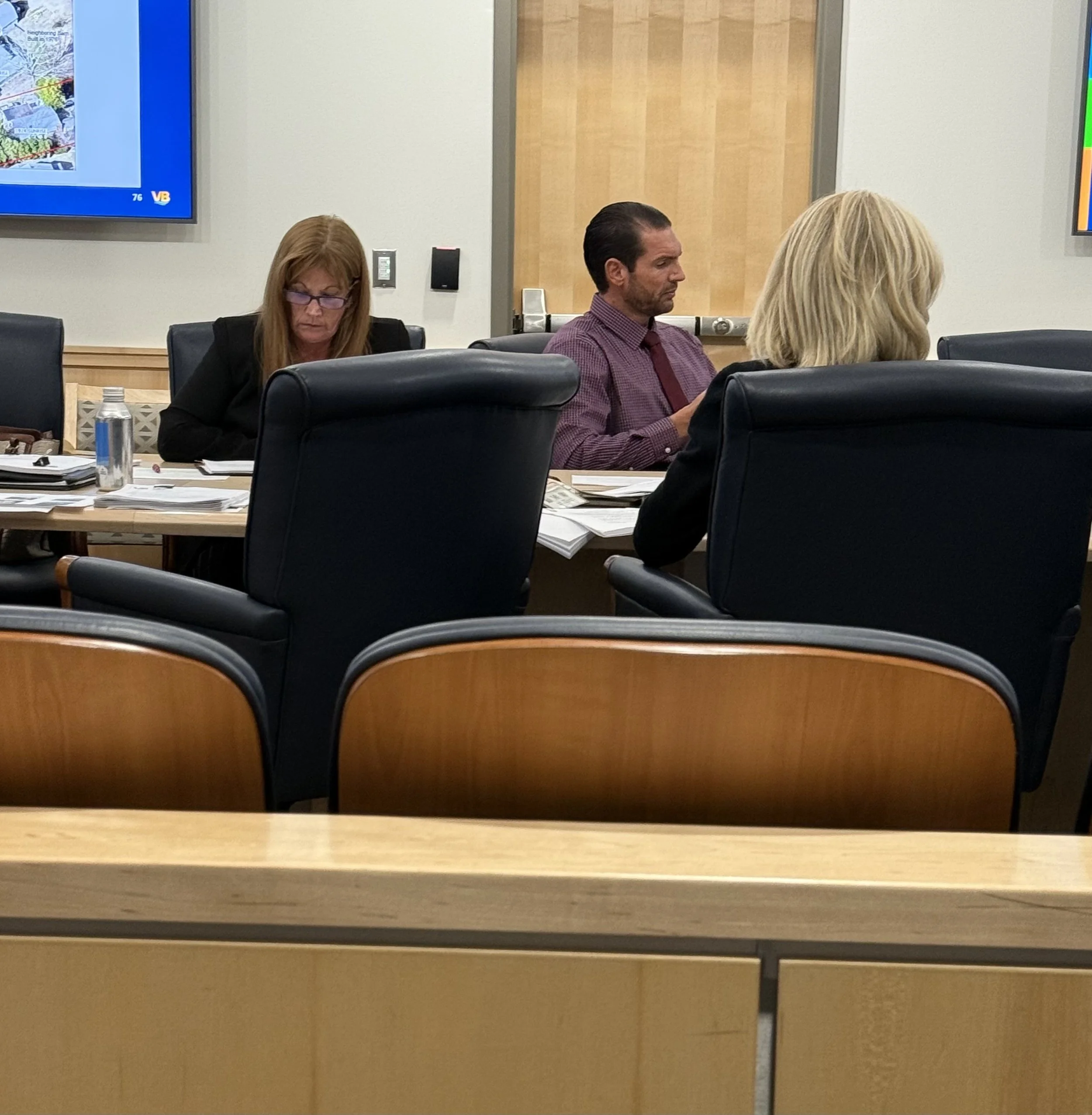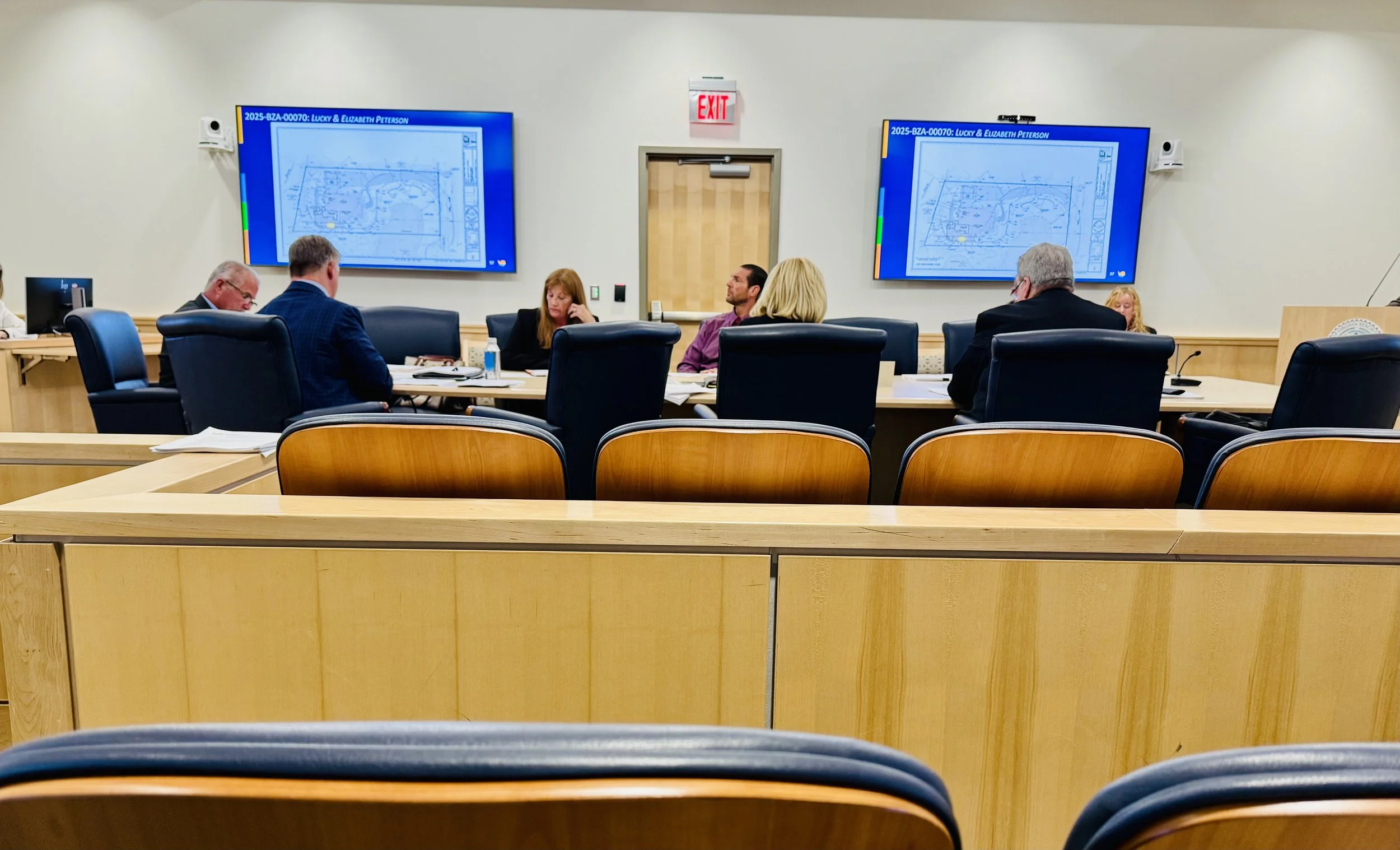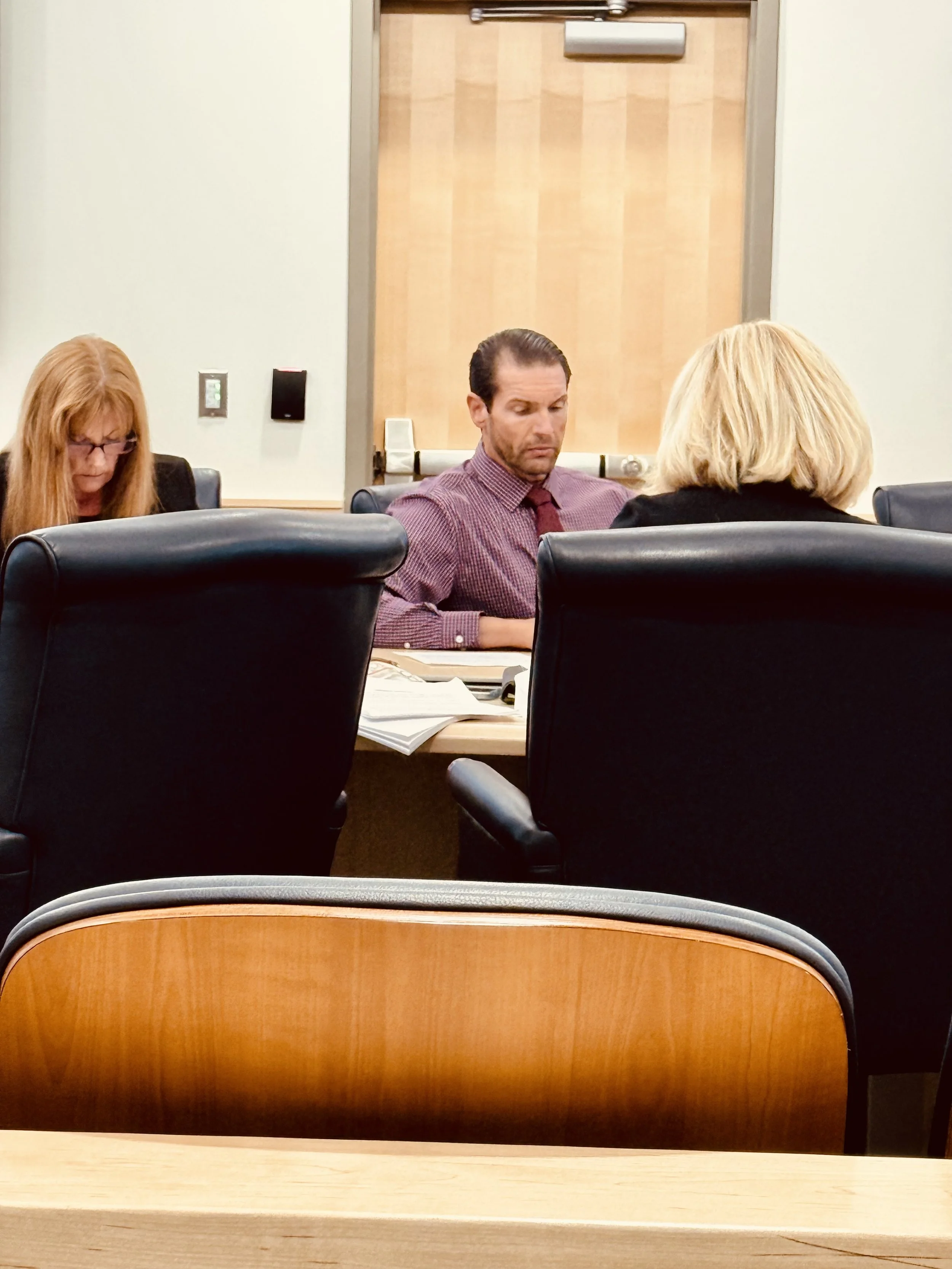By Eric S. Cavallo, Editor-in-Chief
Hampton Roads Construction News Network
VIRGINIA BEACH — Regent University has broken ground on a new Athletic & Fitness Center, marking a defining moment in both campus expansion and the broader evolution of Virginia Beach’s Centerville Strategic Growth Area. The October 10 ceremony, attended by city and university leaders, underscored more than institutional pride—it reflected a deliberate convergence between private investment and public planning, between a university’s mission and a city’s long-term vision.
For Regent, the project is the fruit of what officials call “years of prayer, vision, and dedication.” It symbolizes the university’s effort to link physical well-being and spiritual development within a single architectural statement. The facility will house multi-sport courts, strength and conditioning spaces, and training areas adaptable for intramurals—an environment designed to serve both competitive athletics and the broader student body. Its value, administrators say, lies as much in what it represents as in what it contains.
The City of Virginia Beach’s 2040 Comprehensive Plan envisions Centerville as an education-oriented growth district anchored by Regent University and the Christian Broadcasting Network. Within that framework, the new complex advances a clear civic goal: channeling development into designated nodes where infrastructure, employment, and academic life can reinforce one another. By building inward—within an existing Strategic Growth Area—rather than outward into rural tracts, Regent is giving physical shape to the city’s principle of planned, compact growth.
City planners have long described Centerville as a corridor where faith-based education, technology, and community services could coexist in a master-planned setting. Regent’s 31-acre athletics expansion, part of its larger “Royals Rise” initiative, turns that concept into practice. The investment creates an activity hub that will generate daily foot traffic, support nearby businesses, and encourage complementary public improvements along Centerville Turnpike—precisely the self-sustaining ecosystem the plan seeks to cultivate.
Beyond its planning alignment, the project carries economic weight. Each construction phase adds local jobs and contracts in a sector now defined by cautious optimism and supply-chain volatility. For Virginia Beach, the expansion reaffirms confidence in the inland portion of the city as a growth engine, balancing the resort area’s tourism economy with year-round institutional stability. The synergy of education and enterprise offers a counterweight to cyclical industries and helps retain graduates who might otherwise leave Hampton Roads.
The university has pledged careful stewardship during construction—attention to stormwater management, pedestrian safety, and environmental design. Those commitments mirror the city’s emphasis on sustainability within SGAs, where new development must protect surrounding neighborhoods and watershed systems. Each permit, grading plan, and inspection sequence will test how effectively private builders can align with public performance standards while maintaining schedule and scope.
What distinguishes this project is not its scale but its symbolism. In an era when higher-education institutions face enrollment pressures and fiscal strain, Regent’s investment signals confidence—in its mission, its students, and its city. The Athletic & Fitness Center stands as both a tangible asset and a civic statement: that disciplined planning and shared vision still have a place in how Virginia builds.
With site work underway and completion targeted within two years, the structure will soon rise as a visible marker of Centerville’s transformation from concept to community. When the doors open, Virginia Beach will not simply gain a new facility; it will gain a proof point that its comprehensive plan can, in fact, guide real projects from blueprint to reality.
About HRCNN
The Hampton Roads Construction News Network (HRCNN) delivers fact-checked, professionally edited coverage of construction, infrastructure, zoning, and development across the Commonwealth. Founded under Earthly Infrastructure®, HRCNN serves as Virginia’s independent source for insight into how policy, planning, and private enterprise shape the built environment—keeping the region informed, prepared, and committed to building safe, building strong, and building smart.








